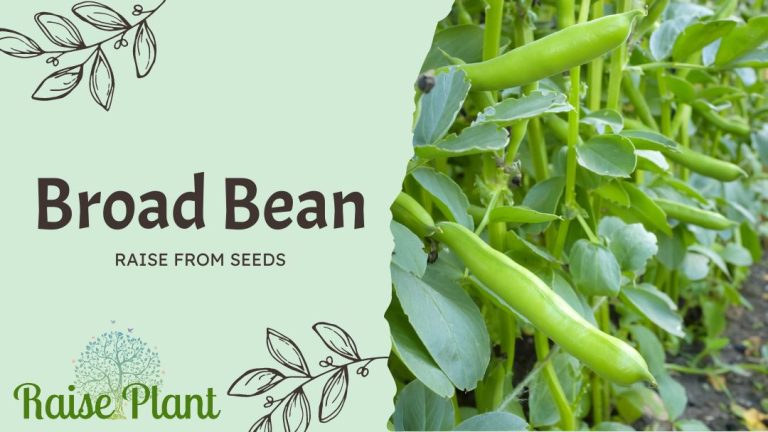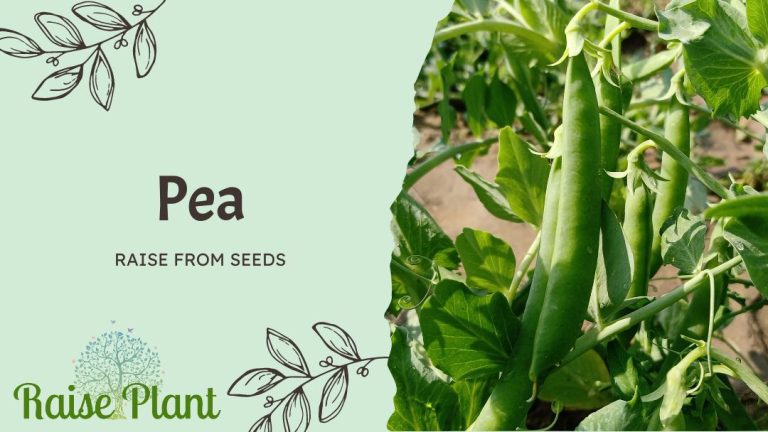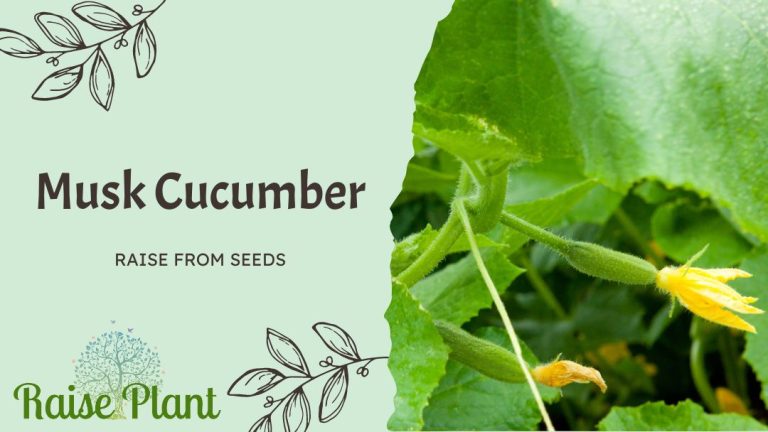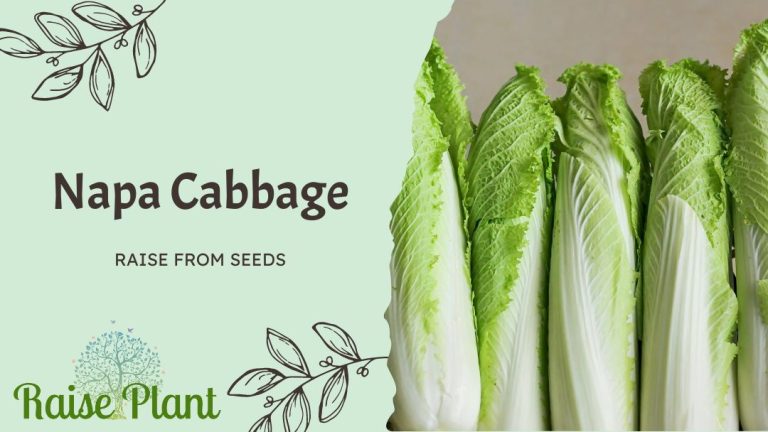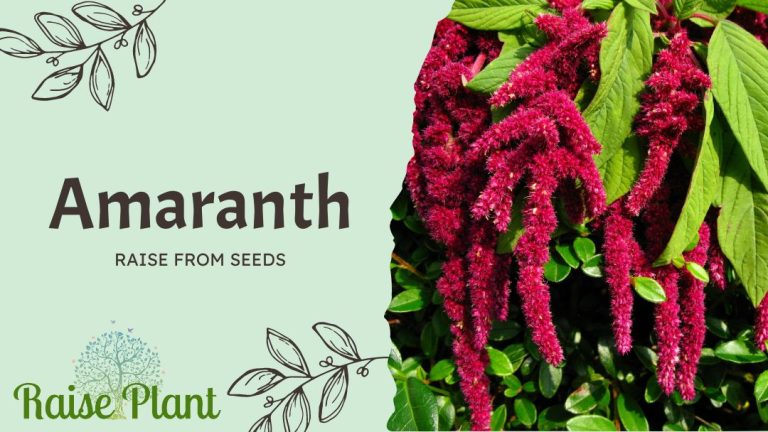Bountiful Breadfruit: A Comprehensive Guide to Growing Your Own Tree From Seeds
Breadfruit (Artocarpus altilis), also known as Artocarpus altilis, is a tropical fruit that has been an essential source of food for centuries in various cultures such as Polynesia, Micronesia, and the Caribbean. It’s high nutritional value and versatility in cooking make it a valuable crop that has helped communities sustain themselves for generations.
The Significance of Breadfruit in Various Cultures
Breadfruit is a staple food in many tropical regions where it grows naturally. It was first domesticated in Papua New Guinea over 3,000 years ago and has since spread throughout the Pacific Islands, Southeast Asia, and beyond. In many cultures, breadfruit holds significant cultural and spiritual meaning.
In Polynesian cultures, breadfruit is regarded as the “tree of life” because it provides nourishment for the community. In Caribbean culture, breadfruit has been used to symbolize resistance against slavery because enslaved Africans were brought to the Caribbean to work on sugar plantations but found ways to cultivate their own crops like breadfruit to sustain themselves.
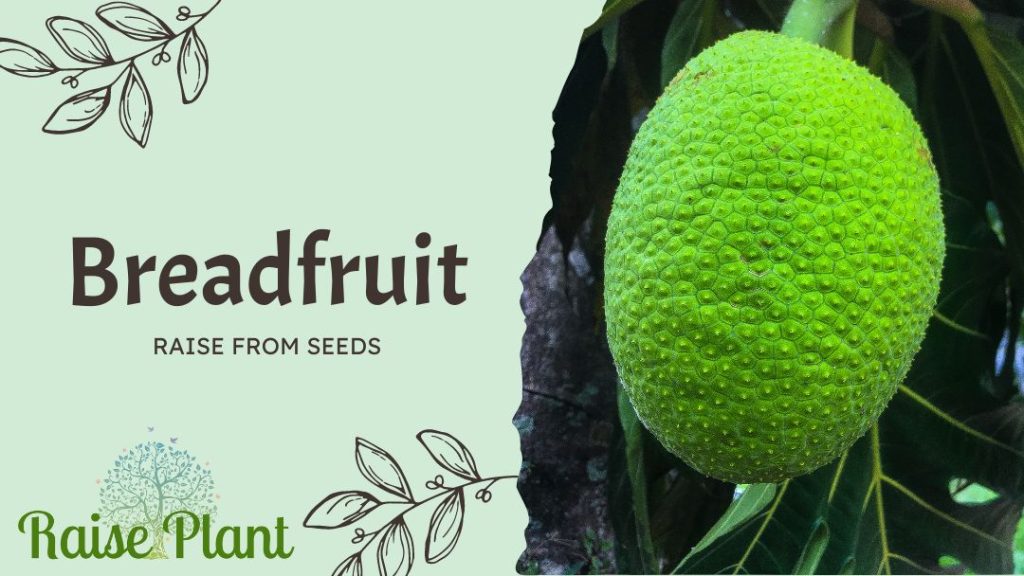
Why Growing Breadfruit from Seeds is Important
Growing breadfruit from seeds is important because it allows us to continue the tradition of growing this important crop while preserving its genetic diversity. Many commercial breadfruit varieties are clones that have been propagated through cuttings rather than seeds. This means that there is a risk of losing genetic diversity which can reduce resilience against disease or climate change.
In addition, growing your own breadfruit tree from seed allows you to experience the joy of nurturing a plant from its earliest stages of growth. It can be an immensely satisfying experience watching your tiny seedling grow into a mature tree that provides fruits for you and your community.
Overall, growing breadfruit from seeds not only helps preserve the cultural significance of this important crop but also promotes biodiversity and provides a sustainable source of food for future generations. Let’s all do our part to continue this tradition and ensure that breadfruit remains a beloved staple food in various cultures around the world.
Seed Selection
Importance of selecting high-quality seeds for optimal growth
It’s no secret that the quality of the seeds you choose will affect how your breadfruit tree grows. Many novice gardeners make the mistake of selecting cheap, low-quality seeds, and it shows in their plant’s performance. To grow a healthy, fruitful breadfruit tree, you must take the time to carefully select high-quality seeds.
The quality of a seed is determined by several factors. One such factor is its age.
Old seeds may not germinate as well as fresh ones, so it’s important to select relatively new breadfruit seeds when possible. Another factor is the seed’s appearance.
Look for seeds that are plump and well-formed – these are more likely to germinate successfully than small or misshapen ones. It’s also essential to consider the source of your breadfruit seeds.
Avoid purchasing them from unknown vendors or those with a questionable reputation. Instead, seek out reputable nurseries or seed banks that specialize in tropical fruit trees like breadfruit.

Tips on where to find quality breadfruit seeds
Finding quality breadfruit seeds can be challenging, but it’s worth putting in the effort to locate them from reliable sources. One option is to reach out to local gardening clubs or organizations for recommendations on where to purchase high-quality breadfruit seeds.
Another option is to search online for reputable tropical fruit tree nurseries or seed banks specializing in breadfruits specifically. Some nurseries may even offer tips on how best to care for your plant once it has been established.
If you’re feeling adventurous and want a challenge, try sourcing your own wild breadfruit seeds directly from tropical regions like Southeast Asia or Polynesia where they grow natively. However, keep in mind that this approach requires careful attention to local laws and regulations regarding plant imports and exports, so do your research before proceeding.
Selecting high-quality breadfruit seeds is crucial for growing a healthy and productive tree. Take care to choose fresh, plump seeds from reputable sources for the best results.
Preparing the Seeds
Soaking the Seeds in Water to Soften the Outer Shell
If you want to grow breadfruit from seeds, then you must know that soaking the seeds in water is crucial. The outer shell of a breadfruit seed is very hard and can take years to germinate if left untreated. By soaking the seeds in water, you soften their outer shell, allowing them to germinate quickly and efficiently.
To soak your breadfruit seeds, first, gather them from a reliable source. Once you have your seeds, place them into a bowl or container filled with lukewarm water.
Make sure that there is enough water in the container to cover all of the seeds by at least an inch. Now, let your breadfruit seeds soak for at least 24 hours.
You can leave them soaking for up to 48 hours if desired. During this time, keep an eye on the water level in your container and add more if necessary.
Removing the Outer Shell to Expose the Inner Seed
After soaking your breadfruit seeds for at least 24 hours, it’s time to remove their outer shells. Removing this hard outer layer will expose an inner seed that can now be planted and grown into a healthy tree. To remove the outer shell of your breadfruit seed, use a sharp knife or sandpaper to carefully scrape away its surface layer until you see a small white section – this is where it’s usually softer inside – which indicates that you’re getting close to where there’s room for growth within.
Once you’ve removed all of its layers successfully without damaging it too much (do not cut too deep), rinse off any remaining debris and dry off each side thoroughly using paper towels before planting it properly. Remember: You don’t need fancy tools or techniques when removing shells; just be careful with how much force is applied so as not to hurt the seed inside.
By taking your time and being gentle, you can successfully remove the outer shell of your breadfruit seeds and prepare them for planting. Preparing breadfruit seeds may seem like a daunting task at first, but it’s actually quite simple.
By soaking the seeds in water and removing their outer shells, you can ensure that they’re ready to be planted and grown into healthy trees. So take your time, be patient, and remember that growing your own breadfruit tree is a rewarding experience that anyone can enjoy.
Planting the Seeds
Choosing a suitable location for planting is crucial in ensuring the growth and survival of your breadfruit tree. These trees require a sunny and warm environment with well-draining soil.
It’s best to choose a location where the tree can grow freely, without any obstacles or hindrances. Breadfruit trees can grow up to 85 feet tall and 70 feet wide, so make sure you have enough space before planting.
Not only does the breadfruit tree provide delicious fruit, but it can also serve as shade for you and your family on hot summer days. Imagine enjoying a refreshing glass of lemonade underneath the shade of your very own breadfruit tree- heaven!
Utilizing this multipurpose tree not only adds beauty to your landscape but also provides sustainable food and shelter for generations to come. Preparing the soil for planting is just as important as choosing the right location.
Composting is an excellent way to improve soil quality while reducing waste at home. Adding compost to your soil will increase microbial activity, which enhances plant growth by providing essential nutrients and minerals like nitrogen, potassium, and phosphorus.
Not only that but composting reduces greenhouse gases by diverting organic waste from landfills. Planting techniques may vary depending on whether you are planting in pots or directly into the ground.
If planting in pots, ensure that they are large enough for the seeds to germinate freely without being overcrowded. In contrast, if planting directly into the ground, dig a hole twice as wide as deep then gently place seeds inside before covering them with soil taking extra care not to damage them.
Gardening should be considered a therapeutic activity that promotes mental health benefits along with providing physical exercise. There’s nothing quite like getting lost in nature while nurturing plants from the seedling stage all the way through their mature phase into fruit-bearing trees.
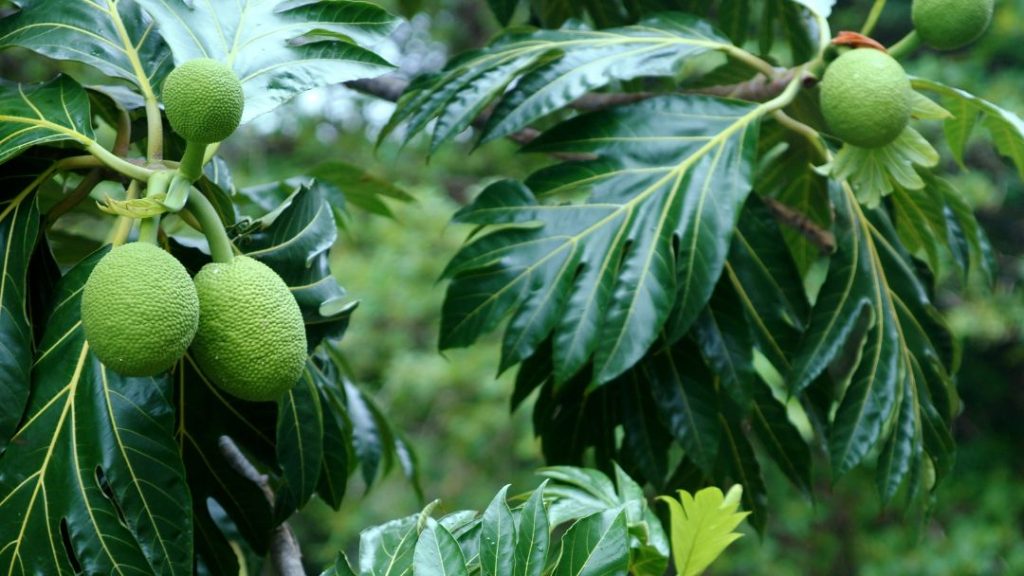
Caring for Breadfruit Trees
Watering and Fertilizing Requirements:
Breadfruit trees require consistent watering to ensure healthy growth. However, over-watering can lead to root rot and kill the tree. It’s important to strike a balance by providing enough water to keep the soil moist but not waterlogged.
Organic fertilizers are a great option for breadfruit trees because they are gentle on the environment and promote healthy growth. Using synthetic fertilizers may provide short-term gains, but they ultimately harm the environment by introducing harmful chemicals into the soil and waterways.
Organic fertilizers are made from natural ingredients like compost, manure, and bone meal. These substances provide vital nutrients to the breadfruit tree while also improving soil quality.
Pruning Techniques to Promote Healthy Growth:
Pruning is an essential part of caring for breadfruit trees. It involves removing dead or damaged branches, shaping the tree, and promoting new growth.
Pruning should be done during the dormant season when the tree is not actively growing. Proper pruning techniques involve making clean cuts with sharp tools to avoid damaging healthy tissue.
It’s important not to remove more than 25% of the tree’s canopy at one time as this can shock the tree and stunt its growth. With regular pruning, your breadfruit tree will thrive and produce an abundance of fruit.
Conclusion
Growing breadfruit from seeds can seem like a daunting task, but it’s well worth it in terms of both sustainability and taste. By selecting high-quality seeds, preparing them properly, planting them in a suitable location with nutrient-rich soil, watering them consistently with organic fertilizer, and using proper pruning techniques you can enjoy an abundance of delicious fruit while also doing your part for our planet.
With each harvested fruit filled with unique flavors that will take your taste buds on a journey, growing your breadfruit trees is a rewarding experience. Not only are you able to enjoy the rich cultural significance of this fruit, but you’re also contributing to a more sustainable future for generations to come.
So what are you waiting for? Get planting!

